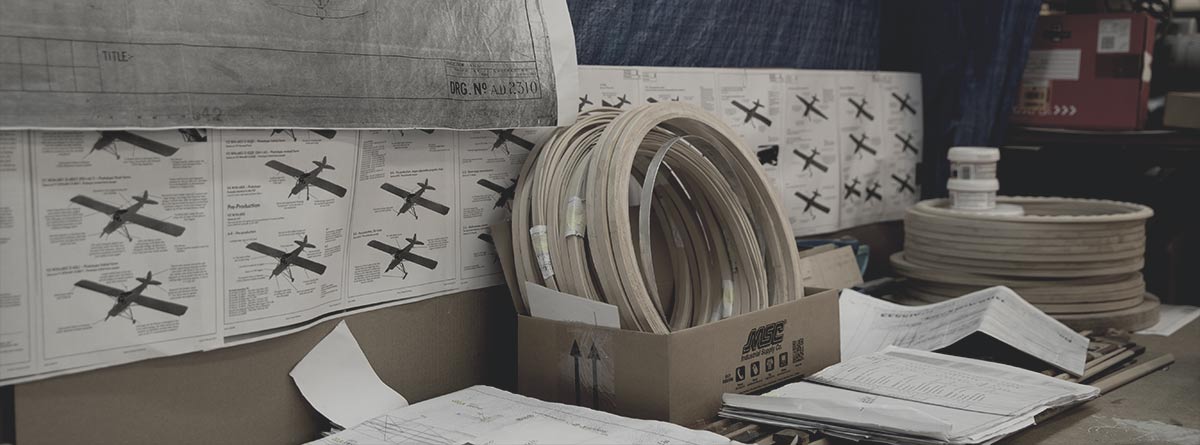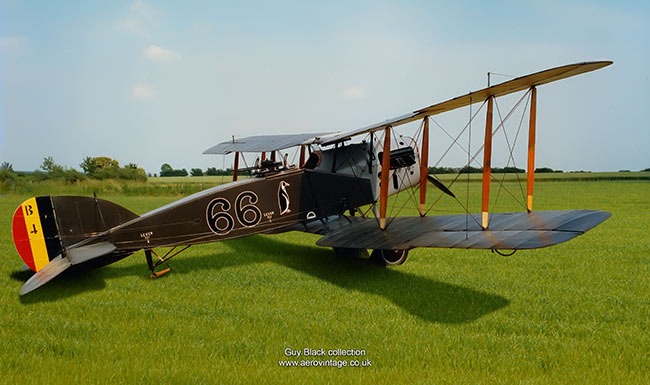Cookies
We use cookies to ensure that we give you get the best experience on our website.
Using this website means you're ok with this.
OK
Bristol Fighter

Bristol Fighter Type 17
A barn full of derelict 1st World War airframes was collected together by Neville Franklin, one of the founders of the Newark Aircraft Museum, in the 1960's and 70s.
He was one of the first to realise that this material was rapidly disappearing at a time when there was no real interest. The collection had amongst it, the remains of several Bristol Fighters (not the fuselages found at Weston-on-the-Green). Aero Vintage was offered the whole barn full but regrettably with hindsight, just acquired the Bristol F2b parts, which included a Hispano V-8 water-cooled engined aircraft. From these parts and others acquired elsewhere, a static museum quality Hispano engined aircraft was recreated, and exchanged with the Brussels Air Museum for a Spitfire Mk. XIV (RN 201) airframe, as it was hoped that this Griffon-engined aircraft would complement the Rolls Royce themed collection that was being put together at the time by Aero Vintage in conjunction with Historic Aircraft Collection. For one reason and another this dream foundered and the Spitfire was not restored, the airframe being subsequently disposed of and was latterly restored by Karel Bos at Historic Flying.
The very original – albeit composite - Bristol F2b (RR Falcon III) (G-AANM, D-7889, fuselage number 3540) was restored by Skysport Engineering using many parts discovered in a barn owned by the Shuttleworth Collection and obtained by exchange. This included four wings in excellent condition and much besides. The Falcon engine, which was obtained from the Brussels's Air Museum by way of exchange, was restored by Retrotec Ltd., but unfortunately, the only element subcontracted, the lining of the cylinders in a nickel-ceramic material, failed, which effectively stopped all further flights after just 3 or 4 hours flight time. The aircraft was then destined for static display after only a few hours flight and eventually formed part of an exchange with the Canadian National Aviation Museum.
